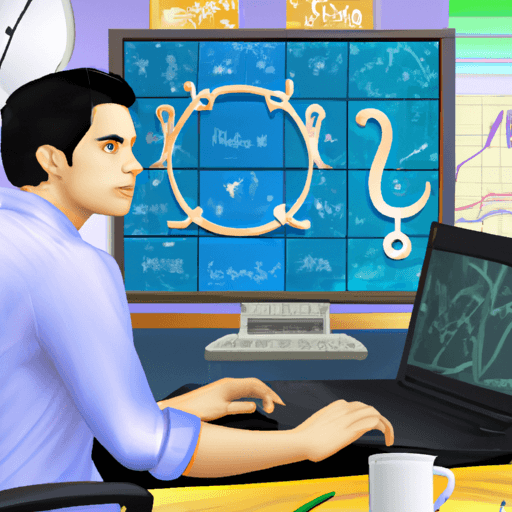VR in Sports Training and Fitness Regimens: A Technological Leap
The realm of technology has been vastly enriched by extraordinary advancements in recent years. Among them, Virtual Reality (VR), often associated with its applications in gaming and entertainment, has started making noteworthy impacts on various sectors, including sports training and fitness regimens.
Benefits of VR in Sports Training and Fitness
Creating Safer Training Environments
One of the key benefits facilitated by VR in sports training is the construction of safe training environments. Virtual Reality provides the opportunity for athletes to practice their tactics and techniques in a controlled setting. This significantly reduces the risk of injuries that can occur in real-world, unpredictable sporting scenarios. For instance, in American Football, a virtual simulation can help players rehearse complex plays without the physical contact that can lead to injuries.
Enhancing Physical Therapy and Rehabilitation
Rehabilitation has been revolutionized with the introduction of VR. It plays a vital role in motivating patients to perform exercises prescribed by physical therapists and psychologists. For example, ‘VirtualRehab’, a product by NeuroAtHome, utilizes Microsoft Kinect and Leap Motion to create a range of exercise games for physical therapy and rehabilitation. It helps patients in engaging in therapeutic activities that are both effective and enjoyable.
Diversifying Fitness Routines
Virtual Reality can add diversity to fitness routines, making workouts more appealing and engaging through immersive experiences. For instance, apps like 'FitXR' and 'Supernatural' transform exercising into games where users can work out while navigating virtual terrains, smashing virtual targets, or dancing to music tracks.
Professional Use of VR for Performance Improvement
VR has been used in professional athletics to improve individual and team performances. The NBA team, 'The Golden State Warriors', has made use of VR to improve player performance and decision-making skills. This innovative approach allows players to rehearse specific plays, improving their spatial orientation, and accelerating their decision-making time.
Influence on Everyday Fitness Routines
In terms of everyday fitness, VR platforms are proving themselves as viable alternatives to traditional gym workouts. The interactive nature of VR games can play an important role in boosting motivation and eliminating the mundanity attached to traditional workout sessions. Apps like 'The Thrill of The Fight' provide users with boxing simulation, enabling them to burn calories while enjoying the thrill of a fight.
Limitations and Future Perspectives
Despite the enormous potential of VR in sports training and fitness, drawbacks exist. The cost of VR equipment can be prohibitive for some, while others may experience dizziness or motion sickness owing to the immersive experience. However, continuous technological refinement, driven by burgeoning research and development, promises to ameliorate such drawbacks. The potential future enhancements might include affordability, improved motion tracking, and better user interface design.
In conclusion, the integration of VR into sports training and fitness regimens has the potential to revolutionize not only professional athletics but also everyday fitness practices. The examples mentioned herein demonstrate the successful adoption of this technology and its benefits, proving that the future of sports training and fitness lies in the hands of technological advancements like VR.



















Comments
Leave a Comment